Xiaomi And Flash Sales: It’s Complicated
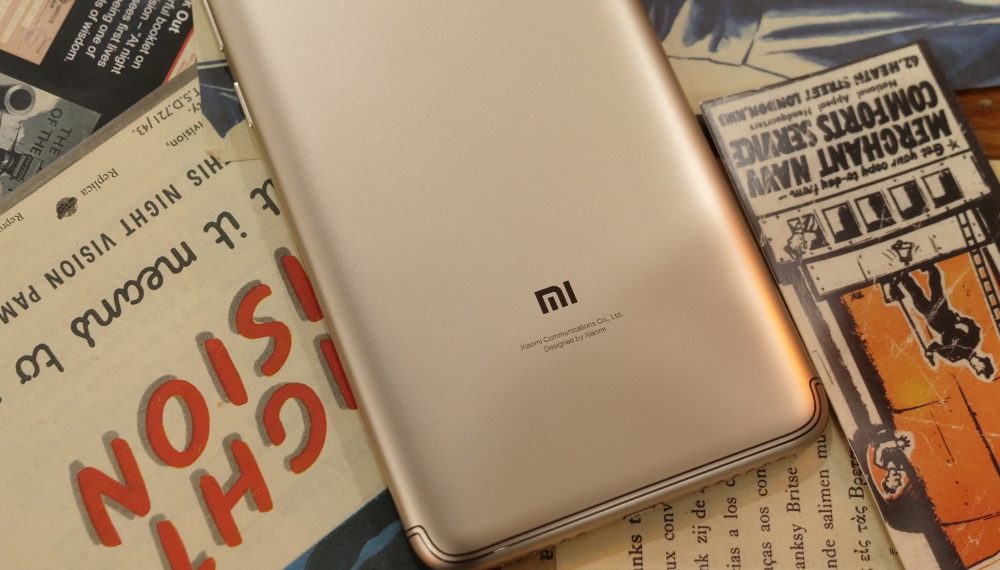
The flash sale model was pioneered by Xiaomi back in 2014 when it was using e-commerce platforms to slowly inch its way into the Indian market. They have come a long way since then and now hold the top position in the market share in India. Xiaomi is a respected brand and has carved out a huge fan following over time. However, they still use the flash sale method to sell some of their phones. Xiaomi now also aims to dominate the premium smartphone segment with the Poco F1. With so much at stake, is it a good idea for Xiaomi to stick to this or is it time to move on?
The concept behind flash sales is very simple. Deliberately create a shortage in supply to ensure that the demand for the product goes up. This system has numerous positives compared to the few negatives it may have. Demand for the product increases in the first place, making sure that it creates a lot of hype. This hype therefore attracts more consumers as everyone wants to get a piece of something that is not easy to obtain. The biggest advantage it offers is for smaller companies.
Small companies cannot afford to invest in producing large number of smartphones only to see them go unsold. Therefore, a flash sale will allow them to produce smaller quantities which they are sure will sell. The intervals between flash sales can also help the company to gauge the mood of the people and know if the hype to buy the device is still around.
Also Read: Xiaomi Launches Poco F1 With Snapdragon 845
After Xiaomi ushered in this concept to the Indian smartphone market, quite a few others have followed it. That is good for a company which is just stepping in, but for Xiaomi, it can be a cause of concern. A lot of customers are unhappy because even though they’re willing to buy a Xiaomi phone, its not easily available. While they did change that and moved to selling phones via other methods, the Poco F1 seems like Deja Vu.
The Poco F1 is supposed to help Xiaomi establish itself in the flagship segment as well. We’ve already seen what the Poco F1 can do. It is also evident that Xiaomi holds the top spot in the Indian market share. If Xiaomi wants the Poco F1 to be its entry ticket to the premium segment, why is it holding back?
A few years back, not many people were trusting of Chinese brands like Xiaomi or OnePlus. Sales in India were low and it seemed uncertain as to how many devices could be sold. OnePlus, at the time, wasn’t big enough to take that risk and therefore started sales on an invite basis. Soon their sales grew, giving enough confidence and capital to move to a regular model of sales. OnePlus trashed the invites. This was a risky move as they weren’t sure as to how many people will buy the next flagship without the hype of an invite around it. OnePlus holds the top spot in the premium smartphone segment, having beaten Samsung and Apple.
While Xiaomi holds back with its sales, frustrated customers might go in for an alternative phone. The Poco F1, despite being an excellent device might go off without making a mark. Considering the fact that Xiaomi now holds a powerful spot in the Indian market, it’s up to them to make the next big move.
















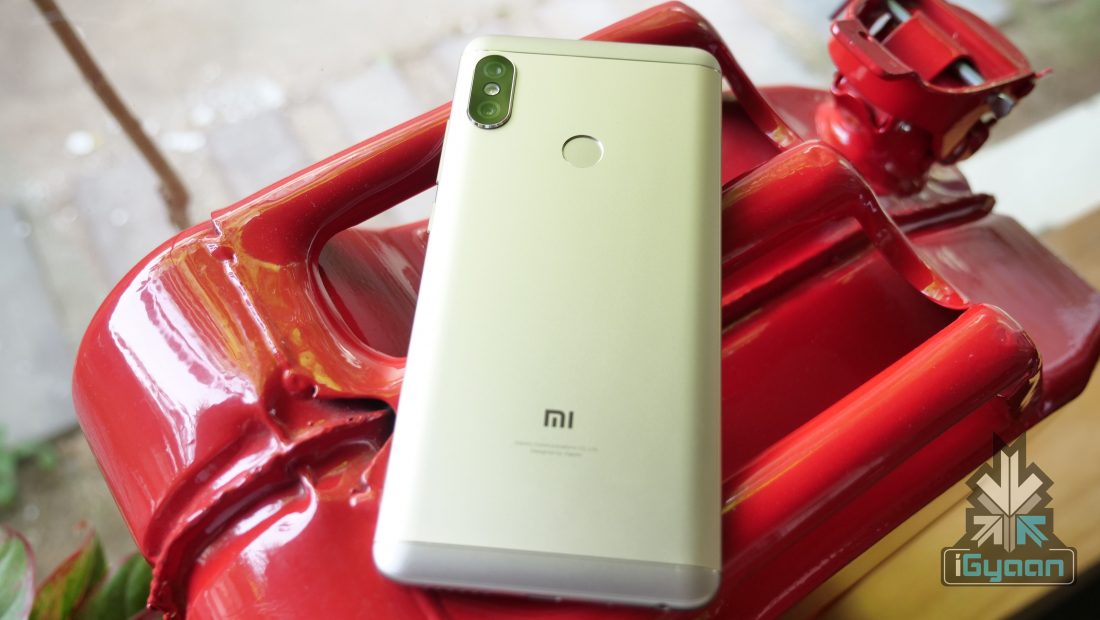
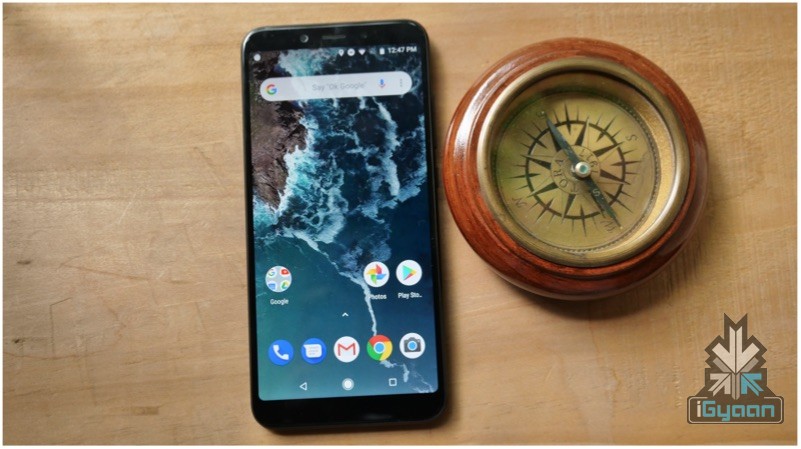

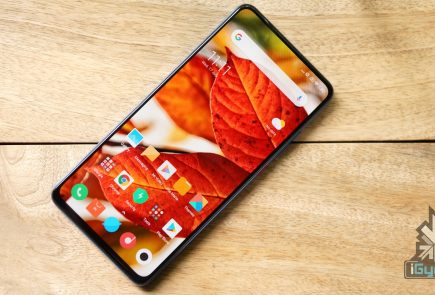

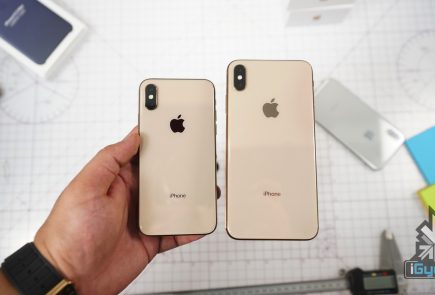




 ! For i
! For i